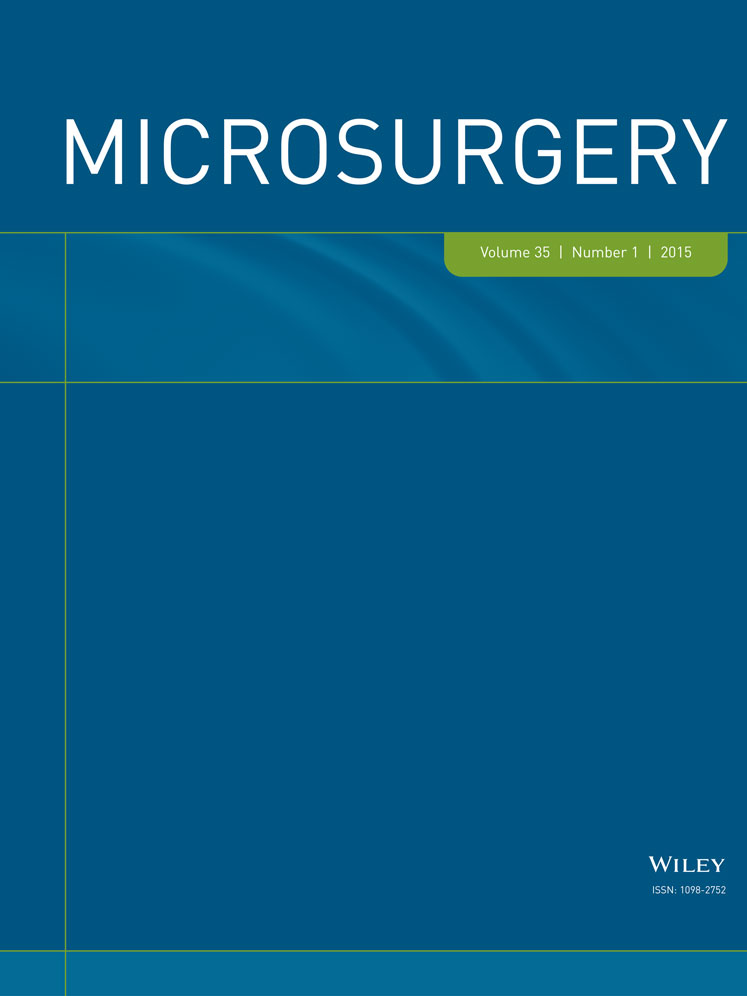Redefining the vascular anatomy of the peroneus brevis muscle flap
Financial disclosures: All authors have made a substantial contribution to the information or material submitted for publication. All have read and approved the final manuscript as well. None of the authors have any direct or indirect commercial financial incentive associated with publication of the enclosed manuscript. This manuscript or portions thereof are not under consideration by another journal and have not been previously published.
Abstract
The peroneus brevis flap can be used as either proximally or distally based flap for coverage of small to medium-sized defects in the lower leg. The purpose of this study was to clarify the vascular anatomy of the peroneus brevis muscle. An anatomical dissection was performed on 17 fixed adult cadaver lower legs. Altogether, 87 segmental branches (mean 5.1 ± 1.6 per leg) either from the fibular or anterior tibial artery to the muscle were identified. Sixty-two were branches from the fibular artery (mean 3.4 ± 1.1 per fibular artery), whereas 25 (mean 1.4 ± 0.9 per anterior tibial artery) originated from the anterior tibial artery. The distance between the most distal vascular branch and the malleolar tip averaged 4.3 ± 0.6 cm. An axial vascular bundle to the muscle could be identified in all cadavers; in one leg two axial supplying vessels were found. Their average length was 5.5 ± 2.4 cm and the average arterial diameter was 1.1 ± 0.5 mm, the average venous diameter was 1.54 ± 0.7 mm. The constant blood supply to the peroneus brevis muscle by segmental branches from the fibular and tibial artery make this muscle a viable option for proximally or distally pedicled flap transfer. The location of the most proximal and distal branches to the muscle and conclusively the pivot points for flap transfer could be determined. Furthermore, a constant proximal axial vascular pedicle to the muscle may enlarge the clinical applications. Perfusion studies should be conducted to confirm these findings. © 2014 Wiley Periodicals, Inc. Microsurgery 35:39–44, 2015.




